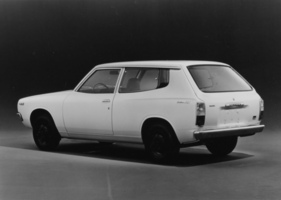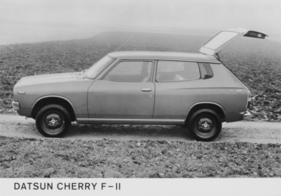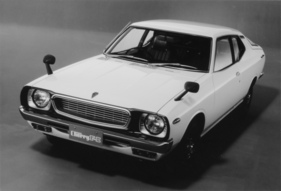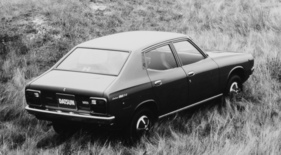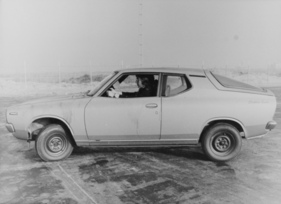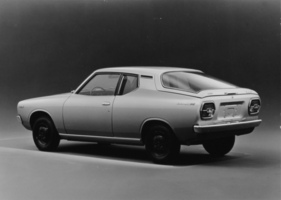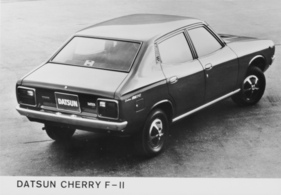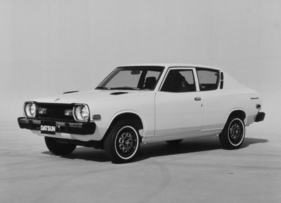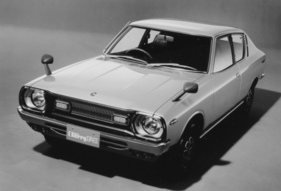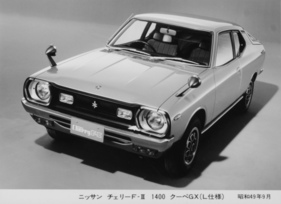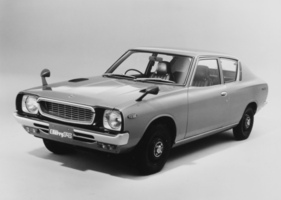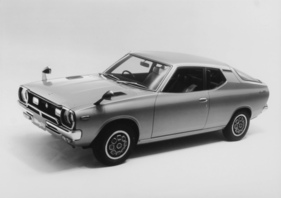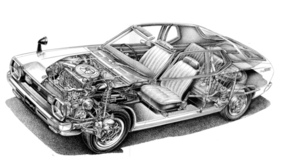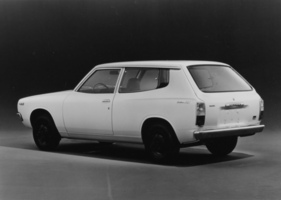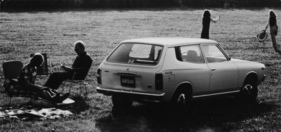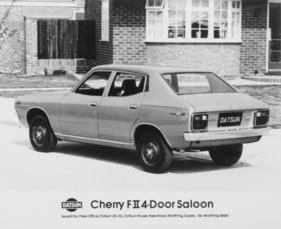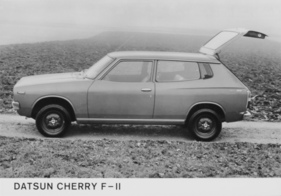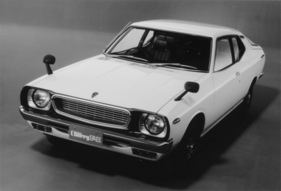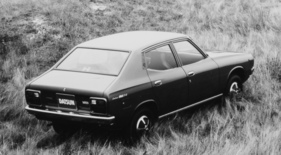Datsun Cherry 120A F-II in (historical) test - more American, but only partially better
Summary
When it appeared in 1970, the Cherrry with front-wheel drive and independent suspension all round was surprisingly out of step with the Japanese. This was astonishing, as the Japanese initially found it difficult to understand the foreign world and tended to design their cars less according to European standards and tastes. Whether the Cherry had become better or worse with the model update and how the prospects of success on the European market were assessed is answered in this test report from back then.
This article contains the following chapters
- Stretched sheet metal
- Lots of equipment
- Tight interior
- Good engine
- Sluggish steering
- Workshop-friendly
- mot overall verdict
- Plus points
- Minus points
- Technology
- Technical data & measured values
Estimated reading time: 12min
Preview (beginning of the article)
Four Japanese companies offer their cars in Germany, mainly through small dealerships. Together they sold slightly more cars than Alfa Romeo in 1975. Almost every second one was a Datsun. The new F-Il model of the small Cherry is intended to increase this lion's share. The Japanese bosses on site and at home find it difficult to understand the foreign world, even at Datsun. Only a fraction of production reaches Europe, and only about one in a hundred Datsuns reaches Germany. Style and technology are primarily geared towards the American market, and understanding of European demands and tastes is only growing very slowly.
Continue reading this article for free?
Photos of this article





